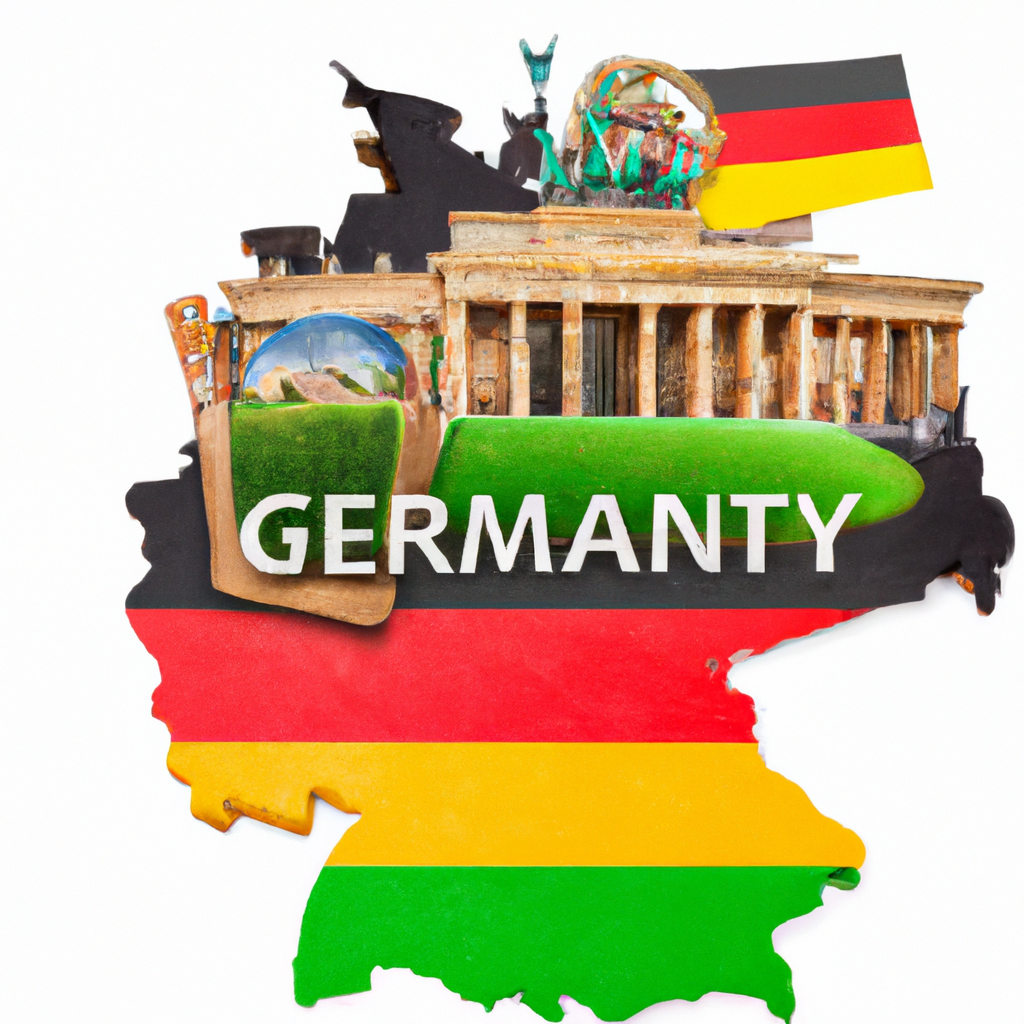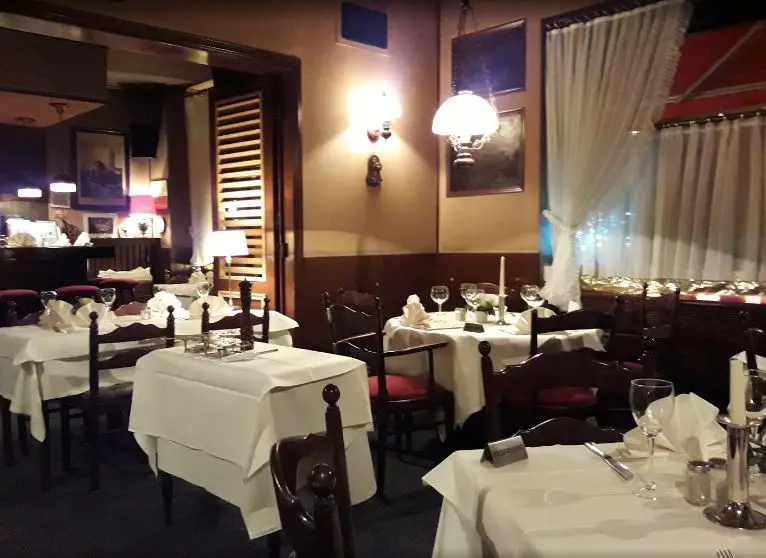What's the best way to navigate through German cities?
Post ByAdequate Travel
Summary
Are you planning an upcoming trip to a German city? If so, you need to know the best way to navigate through the streets and get to where you need to go. In this blog post, we'll cover the different methods of navigating in German cities, from public transport to walking around the city, and work out the best way to get around.
As you prepare for your journey, familiarize yourself with the specific entry requirements, including any necessary visas or documentation.
The best way to navigate through German cities is by using a combination of public transportation, walking, and using reliable navigation tools. Here is a detailed explanation of each method with examples:1. Public Transportation:Germany has an excellent public transportation network, including trains, trams, buses, and subways. Public transportation allows you to reach various parts of the city quickly and conveniently. The following are commonly used methods of public transportation in German cities:- Trains: Deutsche Bahn (DB) is the national railway company in Germany, offering regional and long-distance train services. It is an efficient way to travel between cities and even within larger German cities.Example: If you need to go from Frankfurt to Munich, you can take a high-speed train (ICE) operated by Deutsche Bahn. This allows for a comfortable and fast journey.- Trams and Buses: Most major German cities have tram and bus systems that cover extensive areas, reaching both city centers and surrounding neighborhoods. They are an excellent way to move within a city.Example: In Berlin, you can use the tram or bus to travel from one neighborhood to another, accessing popular sights like Brandenburg Gate or Museum Island.- Subways and Undergrounds: Large cities such as Berlin, Munich, and Hamburg have efficient subway and underground systems that can take you quickly and directly to various destinations.Example: In Munich, you can travel on the U-Bahn to visit the Marienplatz square, the Allianz Arena, or the English Garden.2. Walking:Walking is a great way to explore smaller German cities or to reach nearby attractions within a larger city. Many German cities have well-maintained sidewalks and pedestrian-friendly zones that make strolling around enjoyable and safe.Example: In smaller cities like Heidelberg, you can easily walk from the Hauptstraße (main street) to the famous Heidelberg Castle, enjoying the picturesque old town along the way.3. Navigation Tools:To navigate through German cities efficiently, it is crucial to have reliable navigation tools at hand. Here are some popular options:- Mobile Apps: Utilize navigation apps like Google Maps, Apple Maps, or HERE WeGo. These apps provide precise directions and real-time updates, including public transportation options, walking routes, and estimated travel times.Example: Use Google Maps to find the quickest bus or tram connections in Hamburg to reach the Miniatur Wunderland or the Elbphilharmonie.- City Maps: Most German cities offer free or low-cost maps at tourist information offices or hotels. These maps provide an overview of the city's layout, highlight tourist attractions, and may indicate public transportation routes.Example: Pick up the "München Navigator" at the Munich Tourist Information Center near the central station. This map provides detailed information about the city's transportation network.In summary, the best way to navigate through German cities is by utilizing public transportation, walking when feasible, and relying on navigation tools like mobile apps or city maps. This combination will help you efficiently explore the cities and make the most of your visit.
The best way to navigate through German cities is by using a combination of public transportation, walking, and using reliable navigation tools. Here is a detailed explanation of each method with examples:1. Public Transportation:Germany has an excellent public transportation network, including trains, trams, buses, and subways. Public transportation allows you to reach various parts of the city quickly and conveniently. The following are commonly used methods of public transportation in German cities:- Trains: Deutsche Bahn (DB) is the national railway company in Germany, offering regional and long-distance train services. It is an efficient way to travel between cities and even within larger German cities.Example: If you need to go from Frankfurt to Munich, you can take a high-speed train (ICE) operated by Deutsche Bahn. This allows for a comfortable and fast journey.- Trams and Buses: Most major German cities have tram and bus systems that cover extensive areas, reaching both city centers and surrounding neighborhoods. They are an excellent way to move within a city.Example: In Berlin, you can use the tram or bus to travel from one neighborhood to another, accessing popular sights like Brandenburg Gate or Museum Island.- Subways and Undergrounds: Large cities such as Berlin, Munich, and Hamburg have efficient subway and underground systems that can take you quickly and directly to various destinations.Example: In Munich, you can travel on the U-Bahn to visit the Marienplatz square, the Allianz Arena, or the English Garden.2. Walking:Walking is a great way to explore smaller German cities or to reach nearby attractions within a larger city. Many German cities have well-maintained sidewalks and pedestrian-friendly zones that make strolling around enjoyable and safe.Example: In smaller cities like Heidelberg, you can easily walk from the Hauptstraße (main street) to the famous Heidelberg Castle, enjoying the picturesque old town along the way.3. Navigation Tools:To navigate through German cities efficiently, it is crucial to have reliable navigation tools at hand. Here are some popular options:- Mobile Apps: Utilize navigation apps like Google Maps, Apple Maps, or HERE WeGo. These apps provide precise directions and real-time updates, including public transportation options, walking routes, and estimated travel times.Example: Use Google Maps to find the quickest bus or tram connections in Hamburg to reach the Miniatur Wunderland or the Elbphilharmonie.- City Maps: Most German cities offer free or low-cost maps at tourist information offices or hotels. These maps provide an overview of the city's layout, highlight tourist attractions, and may indicate public transportation routes.Example: Pick up the "München Navigator" at the Munich Tourist Information Center near the central station. This map provides detailed information about the city's transportation network.In summary, the best way to navigate through German cities is by utilizing public transportation, walking when feasible, and relying on navigation tools like mobile apps or city maps. This combination will help you efficiently explore the cities and make the most of your visit.
Suggested Questions
- Festung Marienberg, Würzburg: Horror Story, History & Paranomial Activities
- Burg Satzvey, Mechernich: Horror Story, History & Paranomial Activities
- Schloss Bensberg, Bergisch Gladbach: Horror Story, History & Paranomial Activities
- Königsberg Castle, Königsberg: Horror Story, History & Paranomial Activities
- Andernach Geysir, Andernach: Horror Story, History & Paranomial Activities
- Burghausen Castle, Burghausen: Horror Story, History & Paranomial Activities











